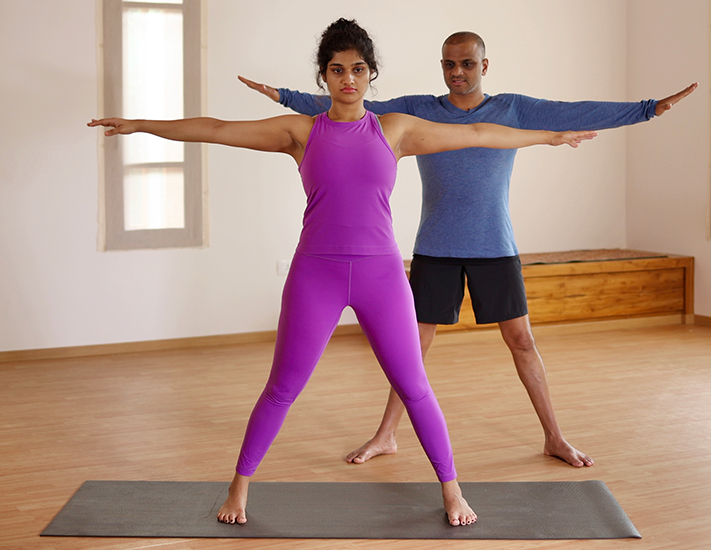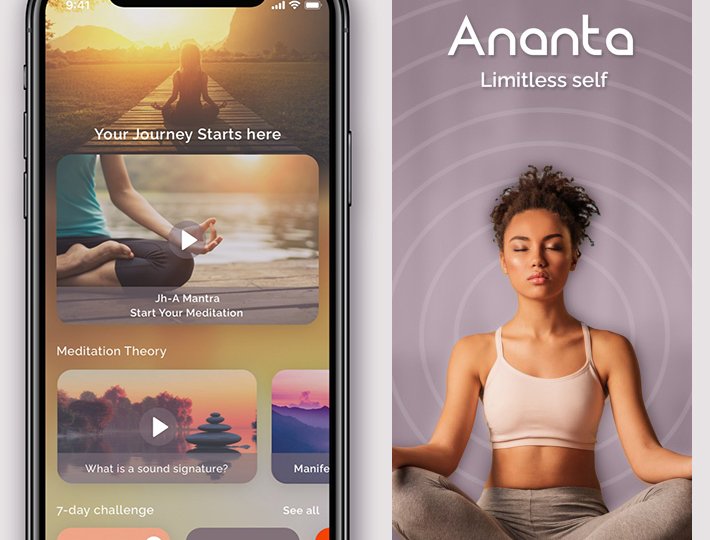We live in a world of many tabs. Chances are, as you’re reading this, you have multiple pages open on your desktop or you are darting your eyes between a few electronic devices. You’re busy. We all are. With our attention stretched thin in the name of productivity, it’s easy to feel like we’re operating inefficiently. It’s not just your imagination. When your brain is accustomed to sensory overload and moving on autopilot, your conscious mind steps back and your unconscious mind does much of the thinking, doing, and feeling for you based on habitual patterns identified as your “default cognitive mode.” In scientific terms, the neurons in your brain have learned to fire in particular ways based on your patterns. This helps conserve conscious energy spent on decision-making. It’s an unbelievably clever mechanism that often serves us well when getting ready in the morning for work or checking e-mails, but consider how long you could continue in daily routines without coming up for air to observe the path behind or ahead of your present position. When in auto-mode, we lose awareness of our breath, our state of being, and many times lose sight of our inner purpose and freedom of choice.
To facilitate conscious living and mindful awareness, it’s necessary to give your mind room to reflect. In many cases, this requires giving yourself permission to let go of an obligation or two and carve out time for restorative space. It’s through this space that you may arrive at a purpose-driven life and unlock your full potential.
Longtime mindfulness researcher Ellen Langer observed how this works in a series of studies. She found that over time building in periodic space allows for mindful observation of cues and shifts in context and self that might otherwise go ignored when operating “mindlessly.” Within reflective space, you have room allow to recognize new opportunity in the environment and give yourself the option to iteratively recommit, readjust, or even relinquish present course or goal. It may seem counterintuitive, but providing yourself space can help you exercise more care and control in a given situation.
Though we develop and hold tight to neural patterning (the energetic equivalent of yogic “samskara,” or mental and emotional patterns), it’s never too late to develop awareness and iteratively change to consciously reengage in life. According to psychologist William Damon, reflection and iterative identification of one’s purpose is something that should begin as early as childhood. He posits that not supporting children in making connections between work and their purpose often leads to compromised work—disengagement, specifically—throughout adolescence and adulthood. However, this doesn’t mean it’s too late for you to rediscover your purpose and mindfully reengage. Recent research suggests that with practice, one can incrementally shape neural networks within the brain through late adulthood. The following steps will help you design space for reflection and discover the power of living with purpose.
Ask yourself what can come off of your list before adding to it. This time of year many people focus on crafting new goals, which can be energizing. Our tendency, however, is to add new items to our plate without deliberately removing preexisting goals or tasks. This can lead to burnout or deflation. Before you design a new goal and course for this year, first choose what can come off of your plate (or at least can be stored in the freezer) to carve out space for your new endeavor.
Plan in your first reflection “bubble.” Enthusiasm and adrenaline fueled by a new project can carry us for a spell, but duration varies for each of us. When charting your path towards a long-term goal, plan ahead for your first pause. If you know your tendency is to stay full steam on course for months, draw a bubble into your calendar two months from now when you can reflect and recharge. If you know you’re likely to lose steam a few days in, draw that bubble in three days from starting point. In this first checkpoint and in checkpoints thereafter, ask yourself questions like, “How am I doing?” “Is this goal or method something I choose to recommit to for the next days/week/month?” You may find that listening to yourself like a partner will shape your goal and sustain your efforts iteratively over time.
Give yourself a minute. As Patanjali wrote in the Yoga Sutras, “Yoga is Now.” If looking ahead makes you uneasy or overwhelmed, know that you can make space in any present moment to find inner quiet. Offer yourself permission to simply close your eyes and draw awareness to your in-breath and out-breath for 60 seconds or 10 cycles of breath (I promise, your work will still be here for you when you come back!). Once you’ve finished, notice the changes in your mind and body that may have occurred even in this short practice. Regularly practiced meditation techniques are associated with significantly reduced heart rate variability—the balance between the sympathetic (fight or flight) and parasympathetic (calming) nervous systems—iteratively over the long-term. The benefits can be both immediate and lifelong.
In a recent interview with Barbara Walters, Oprah mentioned that her years as a powerful talk show host feels like a blur. “I was always chasing…I didn’t let myself enjoy it,” she admitted. We don’t need to wait years to look on our experience with open eyes and heart. You’ll likely find that reflective space not only helps bring conscious awareness to your experiences and offers you deliberate choice in what comes next, but it also enlivens your journey with joy.








Comments (0)